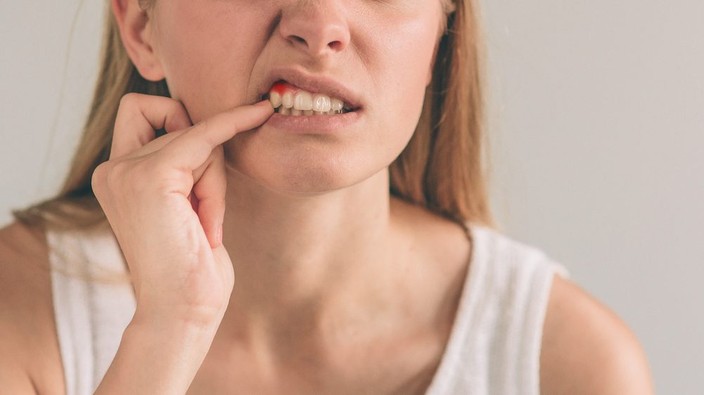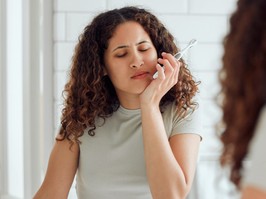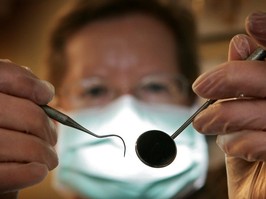how light therapy became a way to beat winter blues
in the 1850s, sunbathing nude was thought to have healing powers.
head of the ontario dental association shares the most common oral health mistakes
dr. charles frank says we should pay more attention to our teeth, floss, and do a better job of brushing.
your computer's blue light is aging your skin
blue light is not only bad for our eyes and our sleep — it also damages skin cells, causes brown spots and breaks down collagen.
 3 minute read
3 minute read









